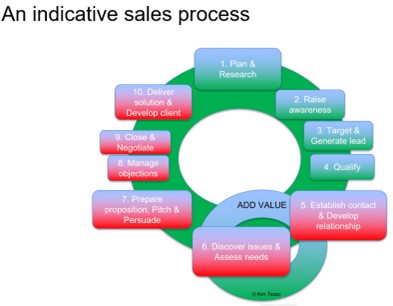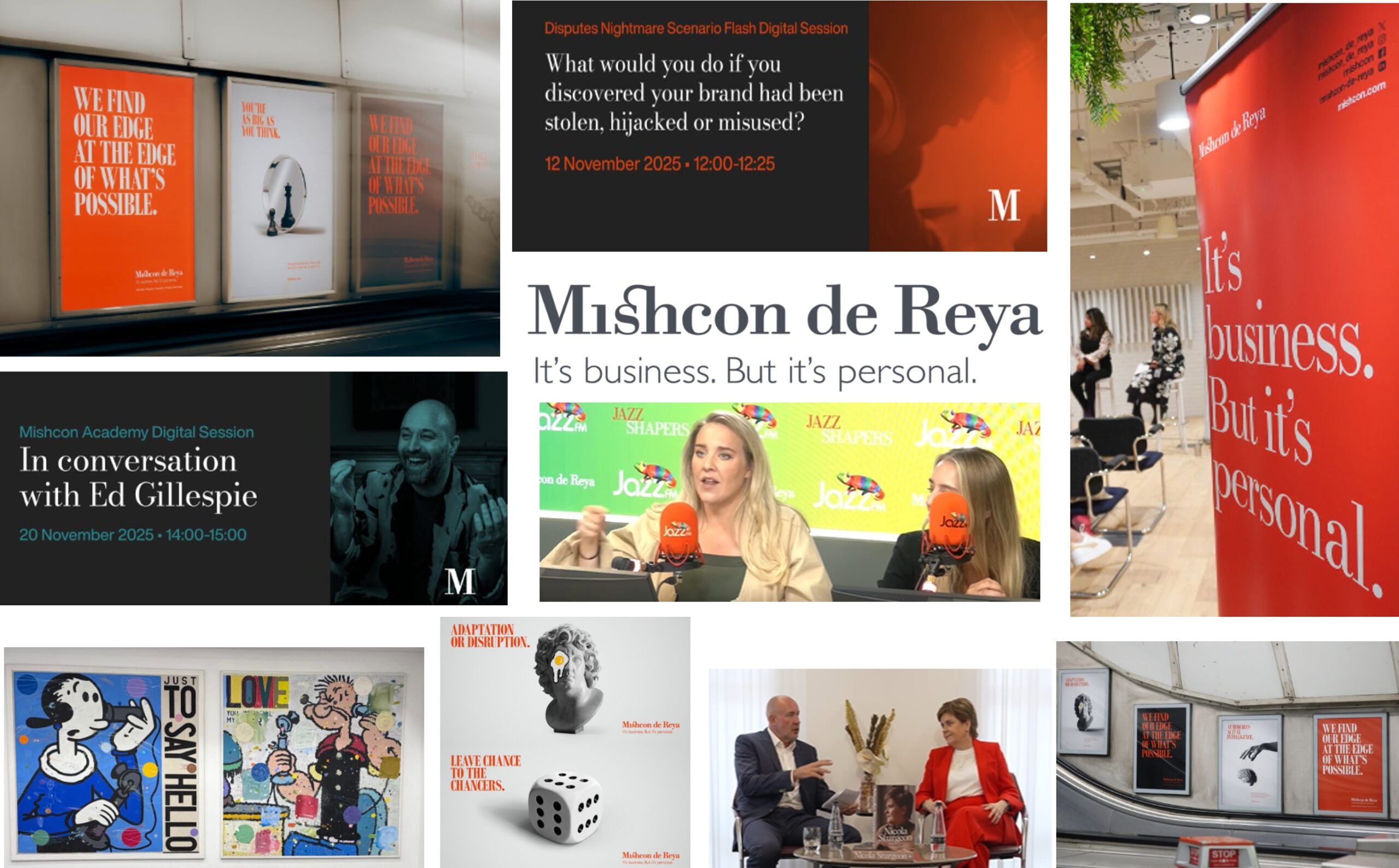At a recent workshop for “Practical and professional skills for marketing and business development assistants” I asked the participants for their views on the most important practical tips that they were taking away. They picked two – one might argue obvious – techniques to help them improve their communications with partners (and clients) and increase buy-in to projects. Two big guns of communication – Face-time and reframing.
Find face-time
In a high-pressured environment, where there are never enough hours in a day, where attention spans are short, where everyone wants everything faster, where email inboxes overflow and social media remains seductive and addictive, it’s easy to resort to screen based communications.
But we all know that “discussions”, persuasion and negotiation are much better and faster when they are face-to-face. And you really need some face-time up front to establish a strong foundation for a relationship that can then be nurtured online. So step away from the screen. It’s easier to read the non-verbal communication of someone when we are face-to-face and that really helps us to understand what they mean – what is unsaid.
You don’t need a formal meeting. Take a little time to wander around and actually talk to people – face-to-face. How much quicker and more efficient is it to have a five minute conversation to agree something than a 30 email exchange that gets you nowhere?
Yep, it’s harder in a network or international environment. But then there’s technology (including Skype and Facetime apps and Teams and Zoom) to facilitate face-time over the Internet. Dialogue not monologue please.
Furthermore, research (Stanford University) suggests that a request made face-to-face is 34 times more likely to be accepted.
Reframing
Our minds our powerful machines. If we label someone as ”difficult” or “unco-operative” then our internal mental model will ensure that we only ever receive information that confirms our hypothesis. In effect, we create a bias. (There’s more information about cognitive biases here: Changing behaviour in the workplace to boost productivity – psychology (kimtasso.com))
So our initial view is confirmed and contrary information (that the person might actually have a point) is not received. We become closed to new ideas. We avoid conflicting information as cognitive dissonance occurs when our mental model is challenged. So it becomes a self-fulfilling prophesy. And conflict can then occur.
Assume instead that everyone is working from a positive intent. Question how you have labelled or “framed” the person and how you subsequently interpret their behaviour. Consider reframing them as “creative” or “focused” or in a more positive way and you can then approach them and communicate with a more open mind, to find some common ground rather than to lock horns.
Changing ourselves and the way we think is also easier than changing others. And if we behave differently, we will likely invoke a different response from others.
Simples.
Related Posts
- What is the difference between marketing and business development?
- How do I deal with difficult partners?
- How can I improve my persuasion skills?
- 16 ways to remember names when networking
- Book Review: Hypnotic Writing – How to seduce and persuade customers with only your words By Joe Vitale
- Book review: Business writing – How to write to engage, persuade and sell by Ian Atkinson
- Getting it past the partners – All about buy in
- It’s all in the mind? – Getting to grips with psychometric testing
- The psychology of creativity
- Personality assessment as part of the coaching and development process
- Top tips on the psychology of persuasion
- Nine Ideas for Better Conflict Management
- Training
- How can a lawyer become more effective at business development?
- How do I integrate social media into my business development?
- Client feedback: Trends in law firm panel tenders
- Like transplanting a tree – moving lawyers and accountants overseas
- Book review - Rainmakers and Trailblazers: A step by step guide to Business development for lawyers
- Book review - Rainmakers and Trailblazers (Business development for lawyers) by DWF
- We’re all change managers in professional services
- 10 tips to increase buy-in: Planning to persuade
- Book Review: “The small big – small changes that spark big influence” by Steve J Martin, Noah J Goldstein and Robert B Cialdini (persuasion science)
- Five favourite thoughts on fantastic writing – from a business development writing workshop (2015)
- Psychology, neuroscience and client engagement
- Positive, persuasive and persistent - Therapy and theory of partner buy-in
- Change management book review: “Switch: How to change things when change is hard” by Chip and Dan Heath
- Achieving buy-in – Oranges, elephants and dancing
- Seven top tips for conflict management and negotiation
- Key thoughts from marketing and business development assistants (2016)
- Bottlenecks, bulldozers and caught in the cross-fire – Highlights from a stakeholder management and buy-in session (2016)
- Book review: The leader’s guide to negotiation by Simon Horton
- Fabulous First Meetings – 16 selling insights
- Marketing secretary and PA: Three roles where secretaries and PAs contribute to marketing and business development success
- Making an impact, influence and persuasion
- 10 takeaways from a workshop on buy-in (Guildford, 2018)
- What marketing and business development assistants would like to say to their fee-earners
- 10 key points all about buy-in in professional services (Manchester and Dublin 2019)
- Animal magic and the art of gaining buy-in: Leeds September 2019
- Six insights from marketing and business development assistants
- Developing the roles of marketing and BD secretaries, PAs and EAs
- Book Review: Mediation skills and strategies – A practical guide by Tony Whatling
- Facilitation
- Marketing and Business Development Assistants: The impact of Covid
- New Marketing and Business Development Assistants – Brands, Digital Marketing and Career Planning
- Insights into the needs of the latest generation of M&BD Assistants
- Conversation skills book review 2 - How to talk to anyone: 92 little tricks for big success by Leil Lowndes (1999, 2017)
- Animal magic of buy-in and stakeholder engagement (Video)
- Psychology and business communication: An introduction to Transactional Analysis (TA)
- What is NLP (Neuro Linguistic Programming)?
- 10 practical tips for fee and price negotiations
- Book review: “How to win friends and influence people” by Dale Carnegie – Still a valuable guide
- Book Review: Emotional Intelligence 2.0 by Travis Bradberry and Jean Greaves
- How can I improve my active listening skills?










